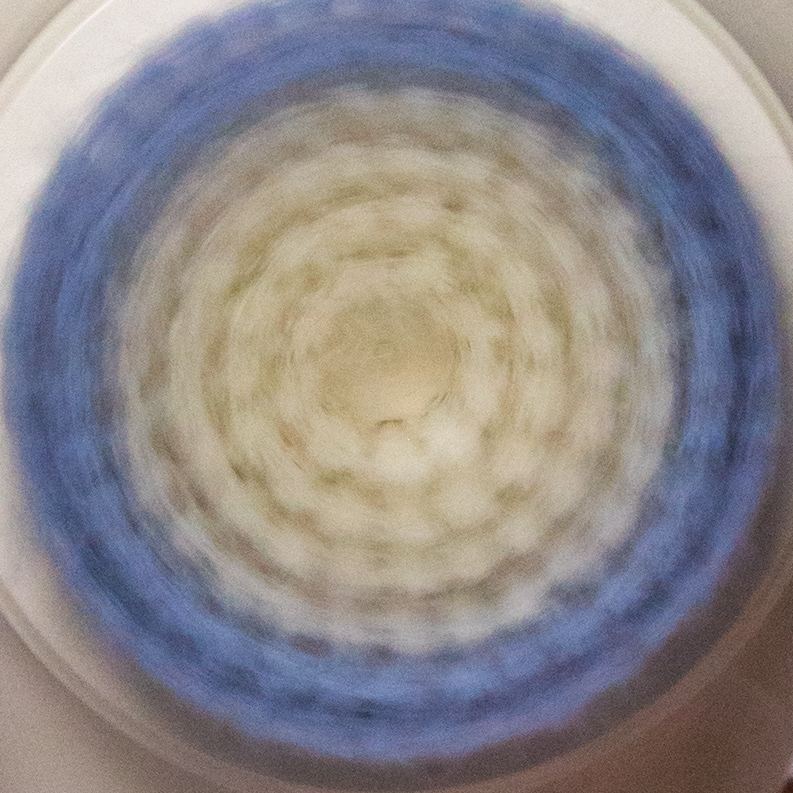Shutter Speed is the speed in which the camera’s shutter opens and closes. It can be adjusted depending on the amount of light available in a situation.
When setting your own shutter speed, you are essentially telling your camera how long you want the exposure to last.
You can control the shutter speed by putting your camera in shutter speed priority mode. It’s usually displayed as ‘Tv’ or ‘S’ on the camera’s program dial – this mode will allow you to control shutter speed and ISO whilst the camera takes care of the aperture setting. It can also be controlled when in the Manual program mode which allows the photographer to fully control the Shutter Speed, Aperture and ISO.
Each camera has a shutter speed scale which is measured by seconds and fractions of a second. This may sound obvious but to clarify, the lower the number the slower the shutter speed – the higher the number the faster the shutter speed.
When you increase or decrease the shutter speed by one stop, you are essentially doubling or halving the amount of light being captured by your camera. Slow shutter speeds are usually used to cause motion blur on subjects like fast moving cars or cyclists. Whilst fast shutter speeds are usually used to freeze the action of things like flying birds or people running.
The effects of Shutter Speed
A slow shutter speed will cause any subjects in motion to blur, whilst a fast shutter speed will freeze frame any subjects in motion.
As an visual, I took a couple of images of a face massage brush head which moves in a circular motion when activated. I deliberately chose and set specific shutter speeds for each image.
In the first photo below the exposure is happening for 1/200 of a second, this means the shutter is closing pretty slowly and capturing every single bit of movement in the scene. Notice how the brush head looks blurry due to the fast movement.
In the second photo below, the exposure is only happening for 1/2000 of a second which means the shutter is closing down pretty quickly and freeze framing the movement. Notice how we can see the detail of the bristles compared to the first image. Even though the brush head is moving at the exact same speed as in the first photo, here the bristles appear to be frozen whilst moving.
When shooting with slow shutter speeds it’s advisable the camera has stability, most photographers will use a tripod when using this method to avoid any camera shake. Both images above were taken with a DSLR mounted onto a tripod. Likewise, when shooting with fast shutter speeds it is recommended to ensure there is an ample amount of light. The shutter is opening and closing so quickly that there physically isn’t enough time for lots of light to reach the image sensor to exposure an image correctly. Therefore, a fast shutter speed in a low light situation will most probably result in an entirely black image.
Hello Shutter Speed!
As most food scenes are still life, it could be said that the shutter speed priority mode is slightly overlooked in the subject of food photography. However, it can be very useful to understand the purpose of the shutter speed mode when capturing movement in food photography. Sometimes we might want to freeze frame the action and by understanding different shutter speeds we will be able to generate the correct exposure. For example, the shutter speed mode can be used (or the shutter speed can be set manually in manual mode) to capture things like falling honey from a spoon or the sprinkling of flour in mid-air.
fin.




